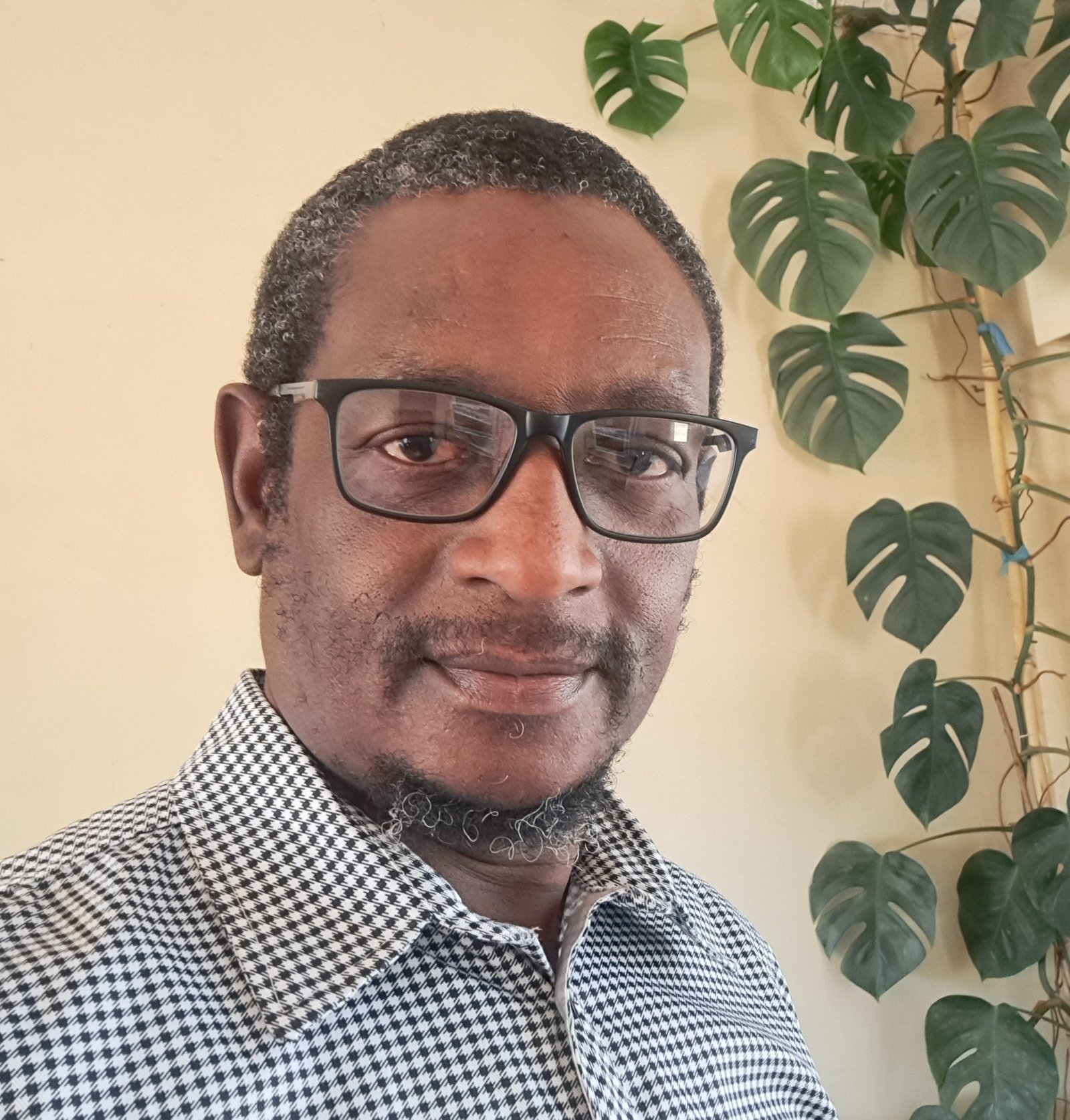These are undeniable and deserve solution-driven discourse.
However, to suggest that violent media plays no role at all is a misstep that ignores decades of interdisciplinary scholarship in psychology, media studies, and neuroscience.
My intention was never to present a simplistic, linear causality—my argument is far more nuanced.
Exposure to violent media material—whether in cartoons, TV shows, music videos, or social platforms—does not produce automatic killers.
Instead, it primes behavioral scripts, prompts emotional desensitization, and shifts cognitive frameworks.
This is especially potent in emotionally volatile or structurally fragile environments.
The American Psychological Association, among other authoritative institutions, has affirmed that youth who repeatedly consume violent media are more prone to aggressive behavior and diminished empathy when paired with risk factors like poverty or disrupted caregiving.
Kumbirai’s point—drawing comparison with Japan, South Korea, and Nordic countries—is persuasive on surface level.
Indeed, these nations consume prodigious amounts of violent media without corresponding spikes in violent crime.
But that’s precisely the crux: they have apparatuses of resilience that Zimbabwe lacks—high social cohesion, strong safety nets, functional policing, and education systems that teach conflict resolution—all of which filter or nullify the negative impulses that violent media could inflame.
Zimbabwe’s structural deficiencies make its population more susceptible to the priming effects of that same media.
To further reinforce this, let’s look at the harsh reality: crime in Zimbabwe is surging.
According to ZIMSTAT, reported offences climbed from 232,593 in Q4 of 2024 to a staggering 310,876 in Q1 of 2025, lifting the national crime rate from about 1,532 to 2,048 per 100,000 population.
Another news source confirms a broader troubling trend: between early 2023 and mid-2024, violent crimes such as murder, rape, and armed robbery spiked by 11%.
These are not distant numbers—they reflect real tragedies in Harare, Dzivarasekwa, Redcliff… and they often align with moments of widespread or intense media consumption.
Let’s also consider the copy-cat effect, widely documented in criminology: media coverage of violent acts often inspires imitation—not necessarily in motive, but in method or script.
Multiple offenders have explicitly admitted—or investigators have inferred—that their actions were influenced by media.
For instance, the murderer Mark Twitchell in Canada was widely known as the “Dexter Killer”—he modeled his crimes after the TV character Dexter Morgan.
In another well-documented case, several youths committed murder, admitting they were inspired by the horror film Scream—even mimicking plot details and costumes.
These are sober, real-world examples of how media exposure shaped violent conduct.
And it’s not only fiction—violent ideologies or misogynistic influences amplified via media can become lethal.
In the UK recently, a triple murderer, Kyle Clifford, was found to have consumed and been influenced by violent misogynistic content from a notorious influencer CNN referred to as “Andrew Tate”—just hours before killing three women with a crossbow.
Prosecutors emphasized that the promotion of normalized violence against women was central to his mindset and the brutality of the crime.
These cases aren’t isolated curiosities—they are studies in how media content interacts with predisposition, context, and weakness in social structures to escalate violence from image to action.
My role as a media expert—not simply as a critic—allows me to stress that media both reflects and shapes culture.
Kumbirai’s metaphor—art as a mirror, not a knife—is partly true.
Art does mirror reality; but it also sharpens and reshapes it.
Cultivation theory and the “mean world syndrome” demonstrate that media influence is cumulative—people become more fearful or more accepting of violence over time, even when they intellectually know the portrayal is fictional.
We cannot leave children, adolescents, or even vulnerable adults exposed to relentless violence without any filter.
Improving the justice system, expanding economic opportunity, strengthening institutions, and ending gender-based impunity are all urgent and non-negotiable.
But these are long-term structural shifts.
In the immediate term, media literacy, parental engagement, content moderation, and age-appropriate regulation are pragmatic, preventive measures that protect emotional development and inhibit aggression scripts from taking hold.
This is not about censorship.
It is about conscious, informed consumption and empathy-building.
We regulate dangerous substances, such as cigarettes and alcohol; why not regulate what flows into young minds?
In fact, this is the same logic behind age restrictions on movies, television shows, and other forms of media—recognising that certain content can have harmful psychological and behavioural effects on children whose minds are still developing.
We can allow creative expression while discouraging spectacle as default.
Zimbabwe owes its citizens—not fear, but protection.
Not denial, but holistic understanding.
By acknowledging that media influence amplifies systemic failures rather than replacing them, we position ourselves to confront violence on all fronts—psychological, structural, institutional, cultural.
In closing: Kumbirai, my protégé, frames structural causes well—and they are fundamental.
But omitting or downplaying the role of violent entertainment leaves a vulnerability unaddressed.
Violent media is not the sole culprit, but in Zimbabwe’s fragile ecosystem, it is a potent accelerant.
Recognizing that is not moral panic—it is protection, awareness, and an invitation to deeper, layered solutions.
Tendai Ruben Mbofana is a social justice advocate and writer.
Please feel free to WhatsApp or Call; +263715667700 | +263782283975, or email: mbofana. tendairuben73@gmail. com, or visit website: https://mbofanatendairuben. news. blog/ Post published in: Featured Related A Highveld Winter Morning Tendai Ruben Mbofana is Confusing a Mirror For a Weapon Leave a Reply Cancel replyYour email address will not be published.
Required fields are marked *Name * Email * Website Δ
All Zim News
All Zim News is a central hub for all things Zimbabwean, curating news from across the country so no story is missed.
Alongside aggregation, our team of nationwide reporters provides real-time, on-the-ground coverage.
Stay informed and connected — reach us at admin@allzimnews. com. 🔗 Read Full Article
All Zim News is a central hub for all things Zimbabwean, curating news from across the country so no story is missed.
Stay informed and connected — reach us at admin@allzimnews. com.
